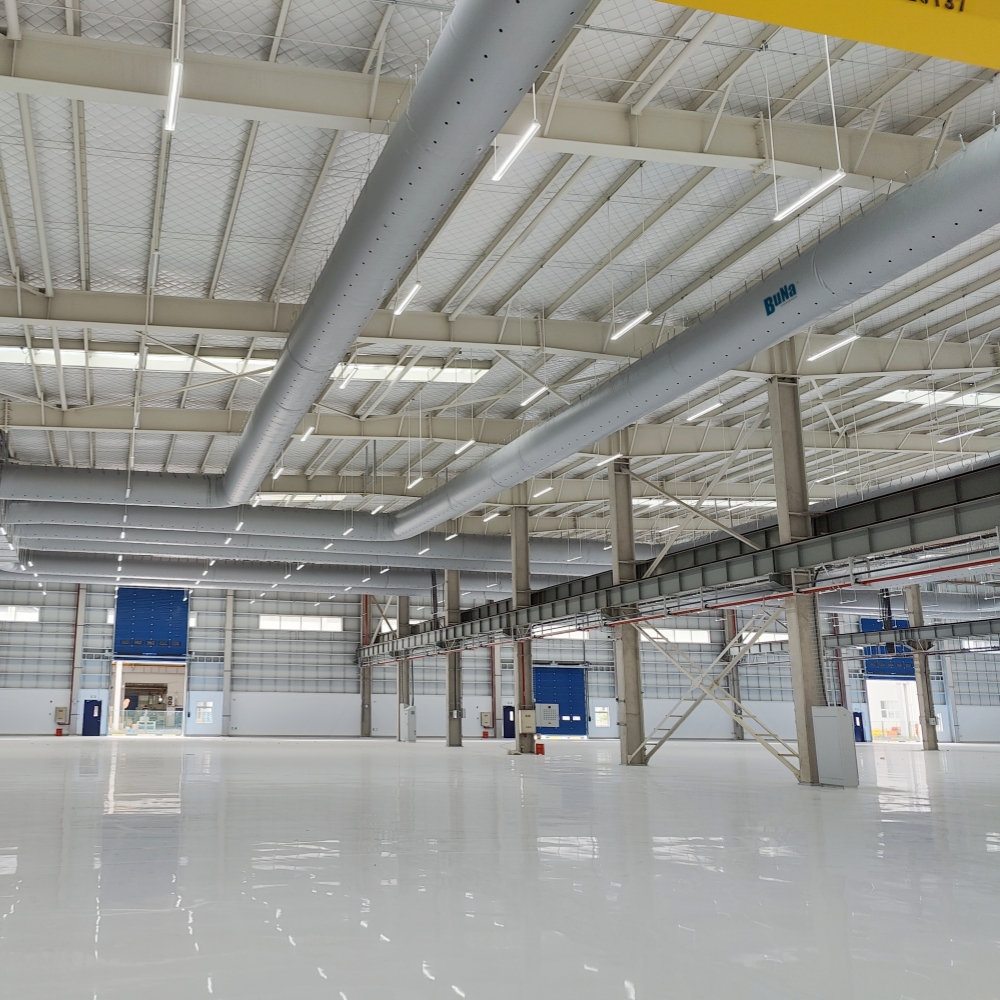Fiber fabric duct product introduction
2024-07-05
In the 1960s and 1970s, in the world frozen food industry, in order to meet the special requirements of large cooling capacity and low wind speed in the refrigeration area, HVAC engineers in various countries tried to make air supply ports with ordinary cotton fiber fabrics, shaped like cloth bags. The same was true in China in the 1950s and 1960s, and there were many cases of installing fiber fabric air ducts in the refrigeration industry. In the past 10 years, with the continuous innovation of fiber material technology and textile technology at home and abroad, more and more fiber fabrics with special properties are made into air distribution systems, so that the application field of fiber Fabric Duct system continues to expand, and 90% of the global fiber fabric duct raw materials are produced in China. BuNa Air Duct concerned about the development prospects of the global fiber fabric air distribution system, in 2008 in Beijing to develop high-quality, affordable, beautiful and other more suitable for domestic applications of fiber Fabric Air Duct system, used in shopping malls, stadiums, industrial factories, food factories, medical warehouses, breeding plants, clean workshops and many other places, more than 10 years, BuNa brand has developed rapidly in China and has become a high-quality supplier of fiber fabric air distribution systems with a certain scale in China.Our products are often referred to as fiber fabric duct, which is a flexible indoor air distribution system made of special fibers, which can also be called: fiber fabric duct, cloth bag duct, cloth duct, Soss duct, fabric duct, etc. It integrates plenum, silencer, ventilation duct, diffused air tuyere, air volume regulating valve, insulation layer, clean filtration and other functions in one. It is an air system that uses textile materials to send air, and has superior air delivery performance. Compared with the traditional air supply pipe, the fiber fabric air pipe has the advantages of uniform air supply, environmental protection and energy saving, no condensate water, low energy consumption, light weight, low noise, easy installation and easy cleaning.





